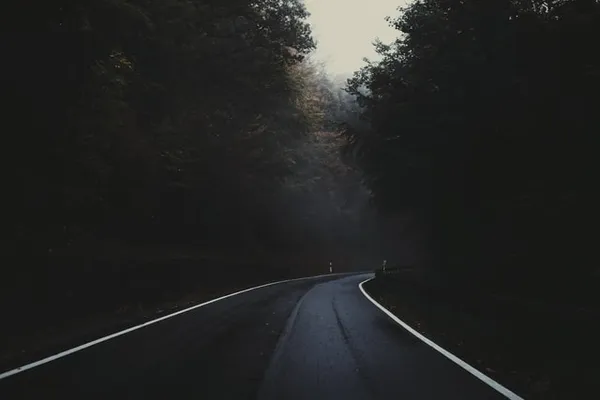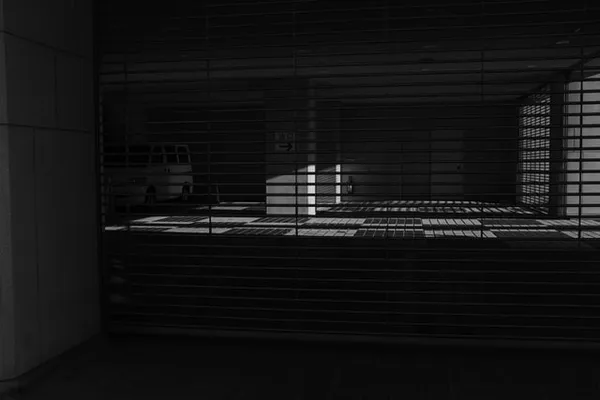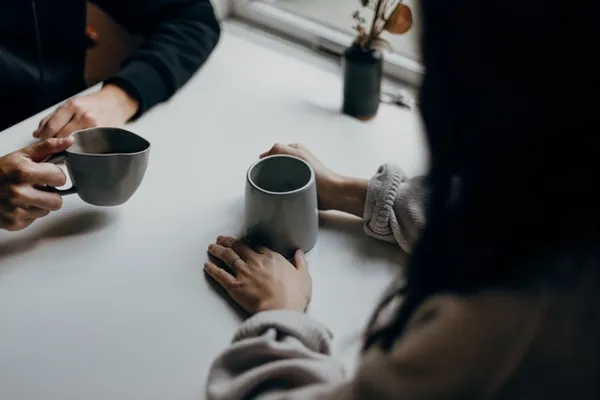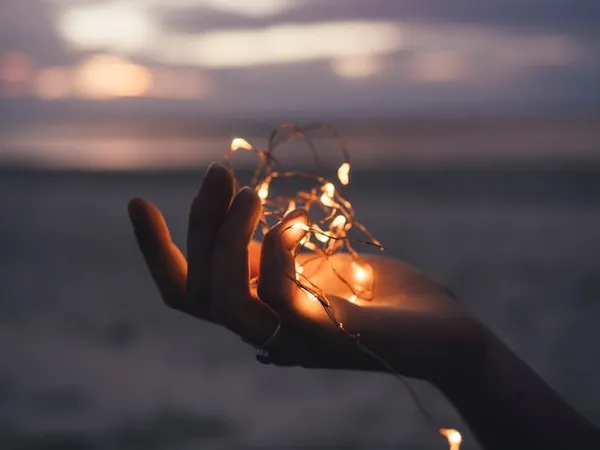Seasonal Affective Disorder
This blog post is associated with episode 20 of the podcast.
Have you ever noticed how the weather, the season, or the amount of sunlight each day affects how you’re feeling?
Typically, when the days get shorter and the nights get colder in the fall and wintertime, people may experience something called seasonal affective disorder (SAD). People may treat this lightly and think of it is as something that is not of the ordinary, but SAD is a type of depression that is referred to as major depressive disorder with season pattern in the Diagnostic and Statistical Manual of Mental Orders (DSM-5), which is a handbook clinicians use to diagnose mental health disorders.

Symptoms of SAD are the same as the ones for depression, including loss of interest in activities, withdrawn from friends and family, irritable, fatigue, feeling low and down, and thoughts of suicide. The main difference between SAD and depression is that SAD occurs in a seasonal pattern, usually in the fall and winter months. Those experiencing SAD might notice that they have lower energy levels, overeat, gain weight, and sleep more.
Healthcare providers can diagnose this through a questionnaire though, in order to be diagnosed with SAD, you must meet the first criteria for major depressive disorder. This means you experience at least five symptoms of depression for at least two weeks. So while some people might experience summer depression or SAD in the summer, it’s rare and an indication of having major depressive disorder too.
Since SAD is a diagnosed disorder, about 2 to 3% of Canadians will experience it in their lifetime, though I’m sure we can all agree that we’ve experienced some of the symptoms. It also tends to affect women more than men, those who have a family history of depression, and even those who live further north and have less sunlight.
It’s not uncommon to experience some form of SAD and most people are likely to have a subsyndromal seasonal affective disorder ( S-SAD), which is a milder form of SAD. This could be waking up when it’s dark and then leaving work when the sun has already set. It could also be the difficulty of being outside when it’s so cold, which means potentially less exercise or walking, decreased social activities, and then self-soothing and coping through eating and unhealthy habits.

Those are some of the psychological aspects but let’s also consider the biological changes.
When there is a lack of sunlight, you might experience a drop in serotonin and how it’s regulated. Serotonin is a hormone that stabilizes our mood, feelings of well-being, and overall sense of happiness. It’s also what many anti-depressants aim to control and stabilize those who experience depression.
Another impact of decreased sunlight is the overproduction of melatonin, which is a hormone that is released at night and is associated with the sleep and wake cycle. With too much melatonin, mood and energy levels are altered because you might feel sleepier and less energetic to do activities, socialize, or exercise. Lastly, a lack of sunshine can also lead to low levels of vitamin D, which has been shown in research to contribute to depression.
Now that we know some of the basics and science behind SAD, let’s talk about things you can do to reduce these symptoms to help you feel better during more difficult and challenging months.

Many of us may have heard about light lamps or happy lights but there is actually no acknowledged guideline for light therapy. However, research has shown that shining light with at least 10,000 lux for 30 minutes is the most effective in improving mood with light. It’s even more effective if used before 8am, which is a typical time for sunrise across the year, or when people are first awake. You could use a light when you’re eating breakfast, putting it behind your computer, or anywhere that you are looking in the general direction.
Cognitive behavioural therapy (CBT) is another effective treatment to help with SAD because it works to reframe negative thoughts into neutral or positive ones. CBT also uses behavioural activation to help individuals engage in activities that are fun, exciting, or even relaxing to combat the feelings of tiredness, dread, and lack of interest in activities.
A study done in 2015 showed that people who had six weeks of CBT for SAD had the same reduction in depressive symptoms as those who used light therapy. However, two years later, the symptoms were less likely to reoccur for those who had psychotherapy. This is no surprise because you can think of the light as a bandaid for people to see immediate relief or results, but over time, they haven’t been working on the thoughts and behaviours that are making them feel down.
I find that a lot of my clients or people I speak with in general tend to lean towards quick fixes or bandaid approaches and it makes sense - it’s easier and less work to use a bandaid than to potentially experience more pain when you work through it instead.
Asides from light therapy or psychotherapy, other things you could do include:
What's one thing you can to do brighten up your day?
